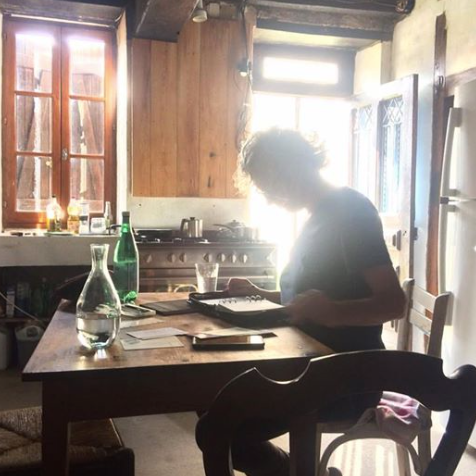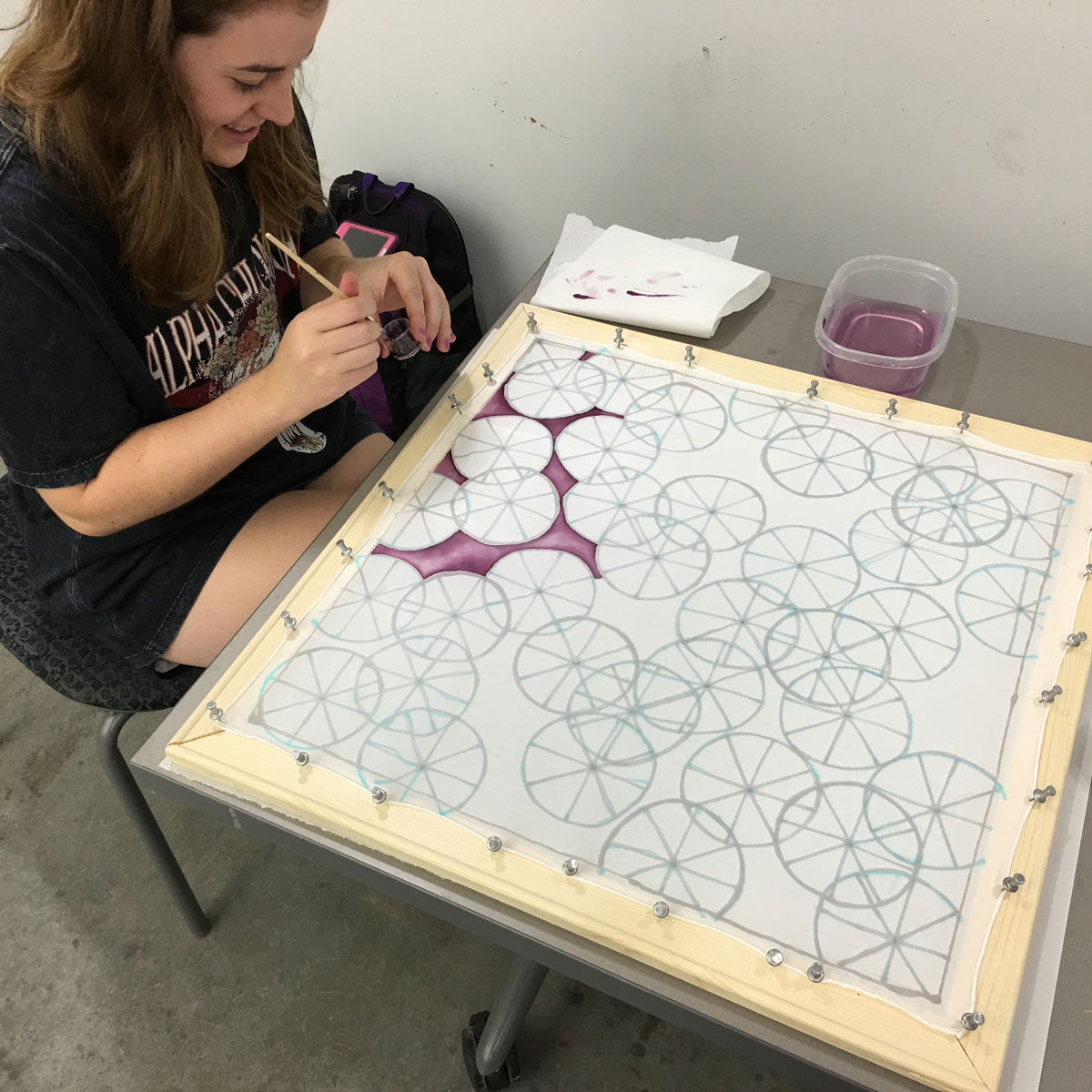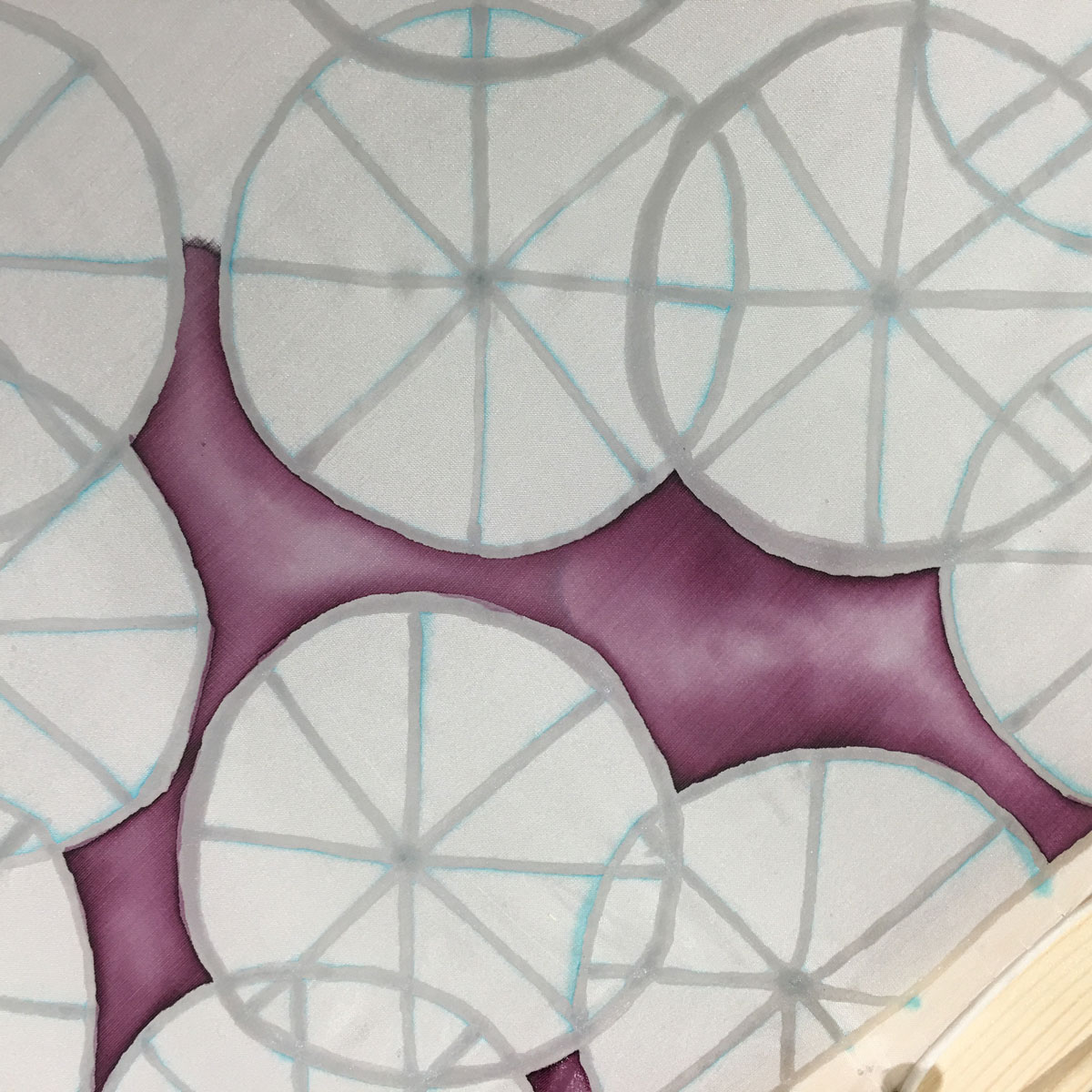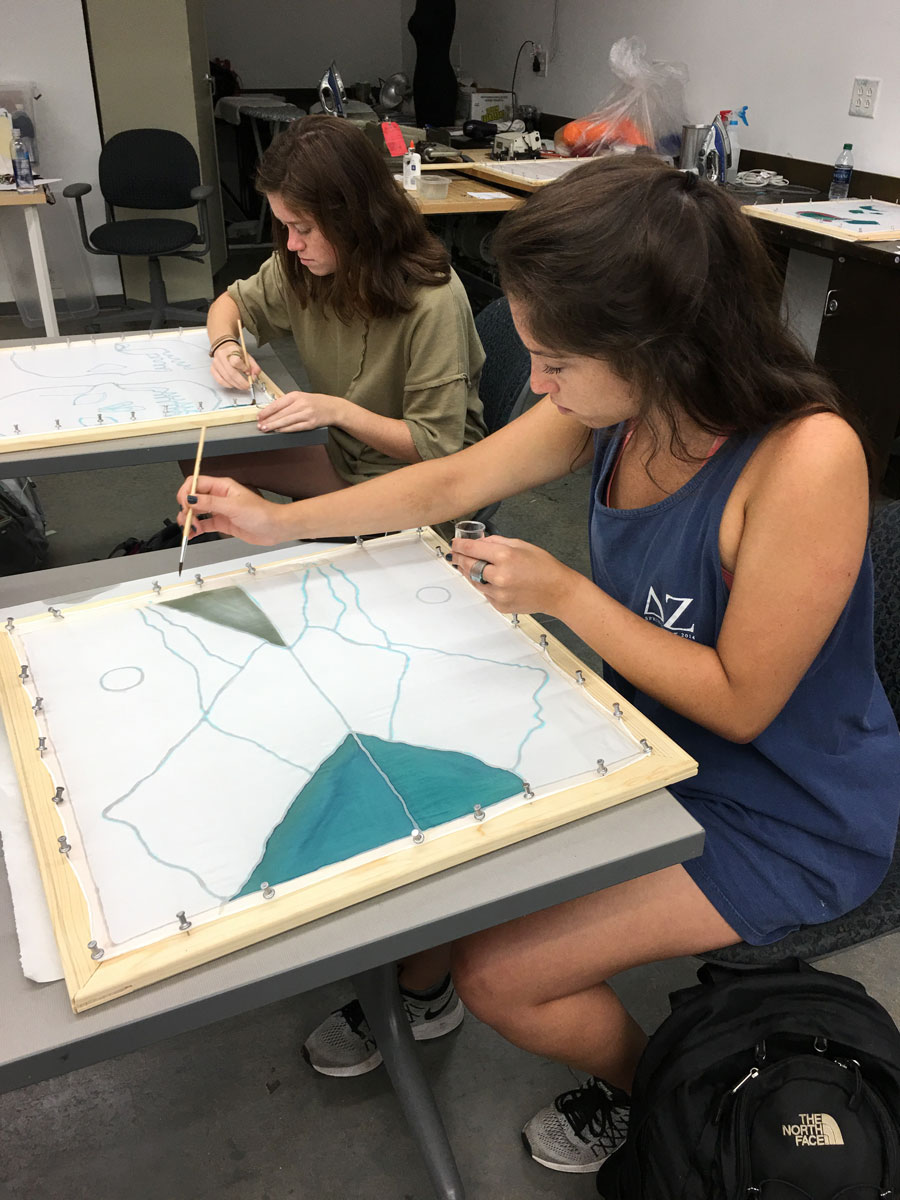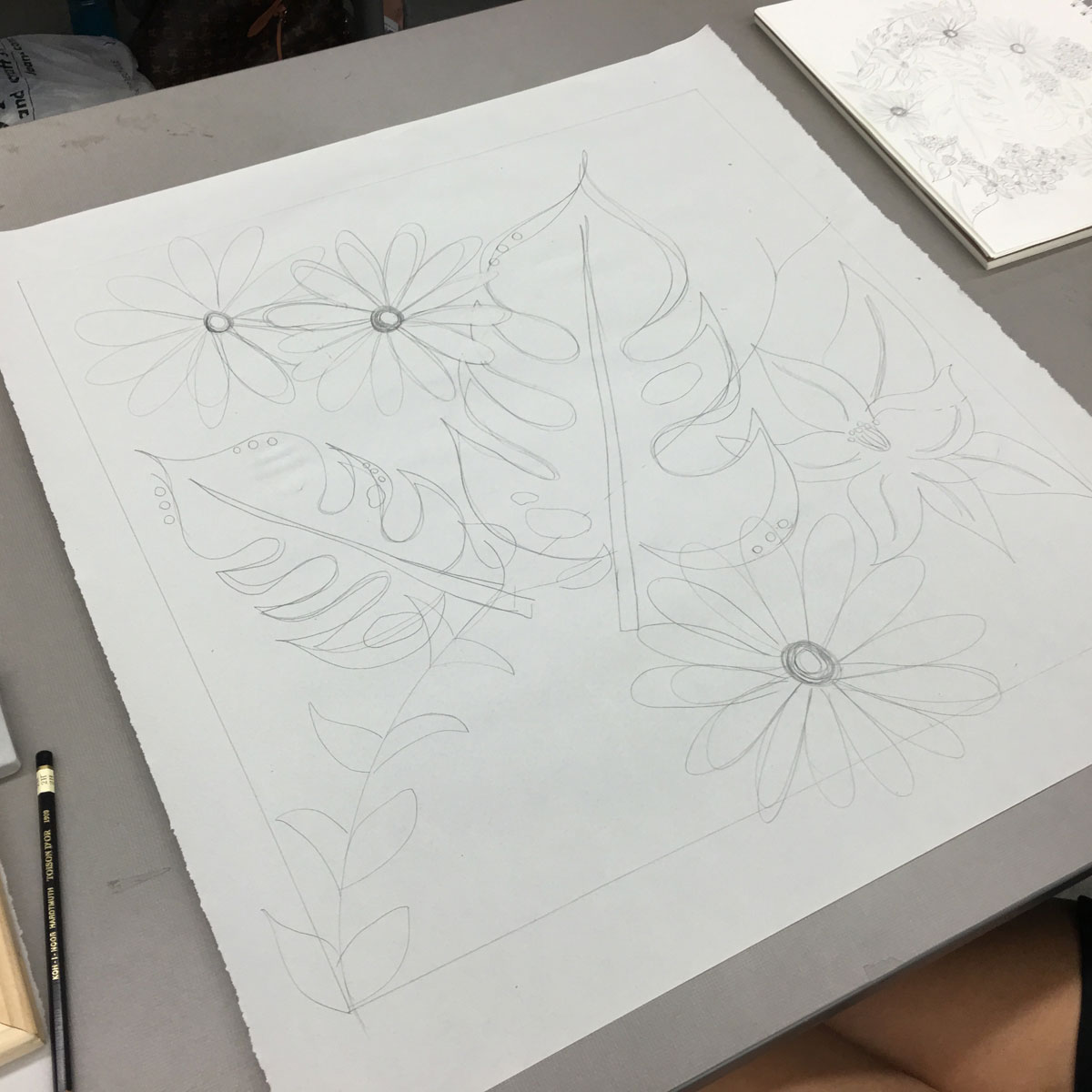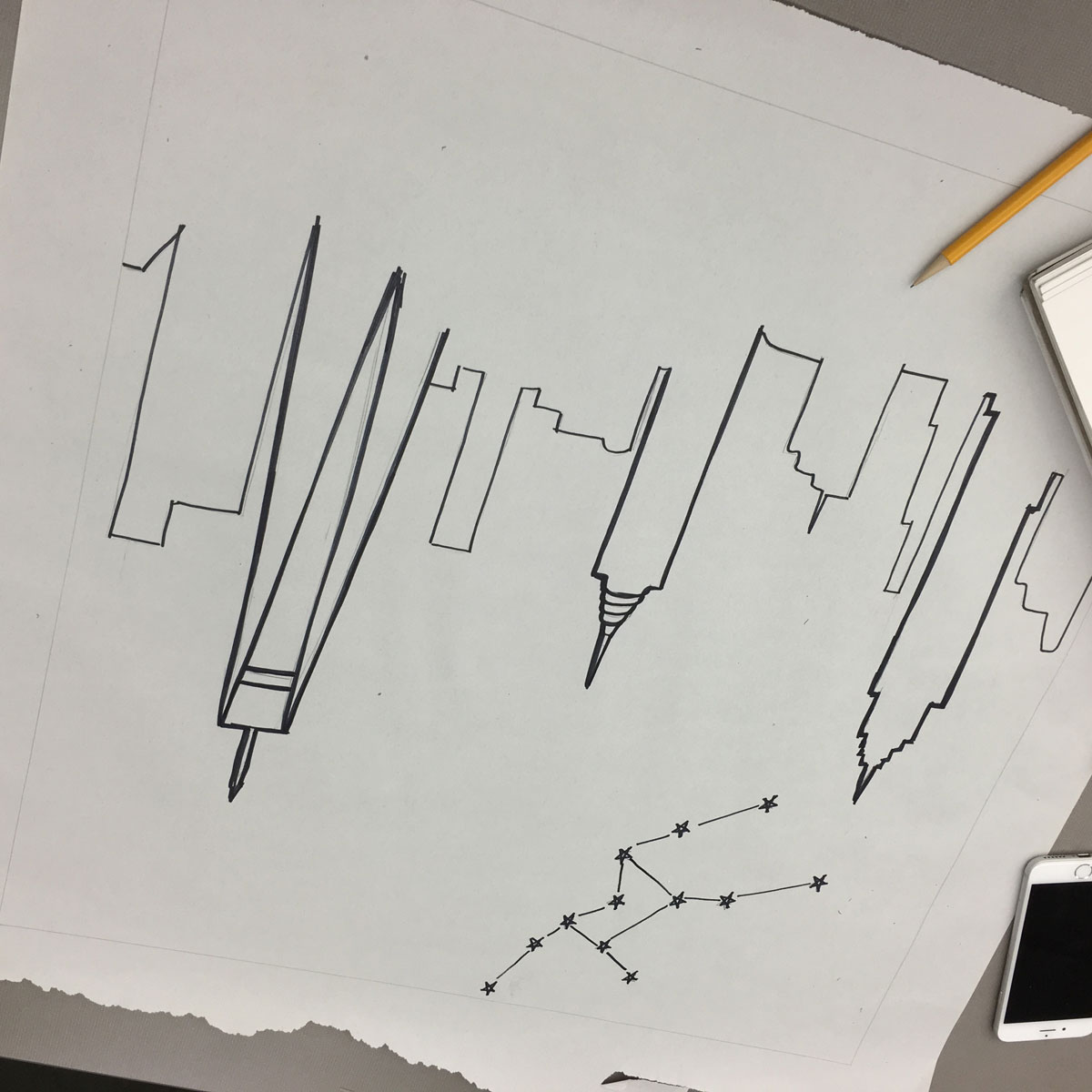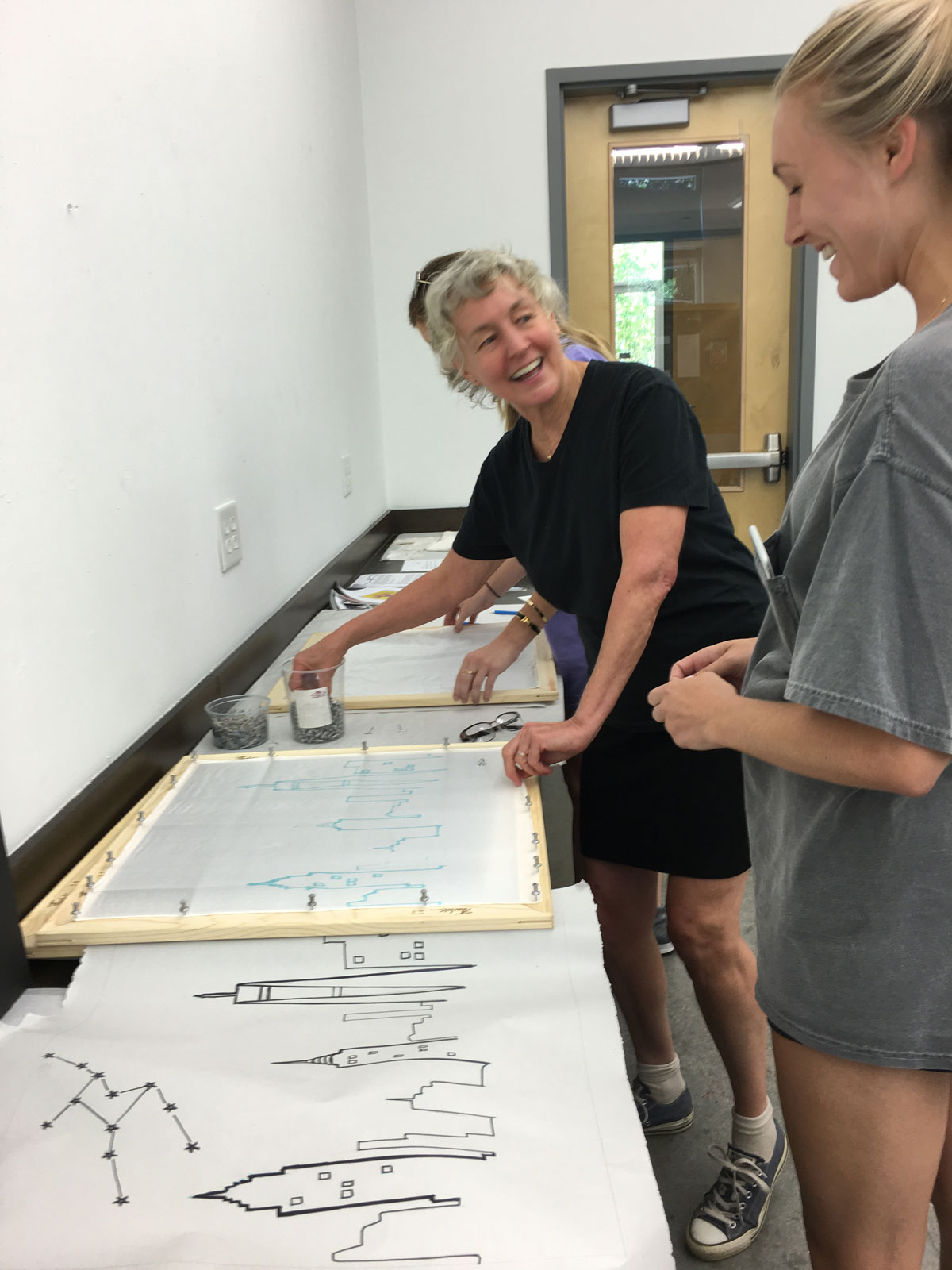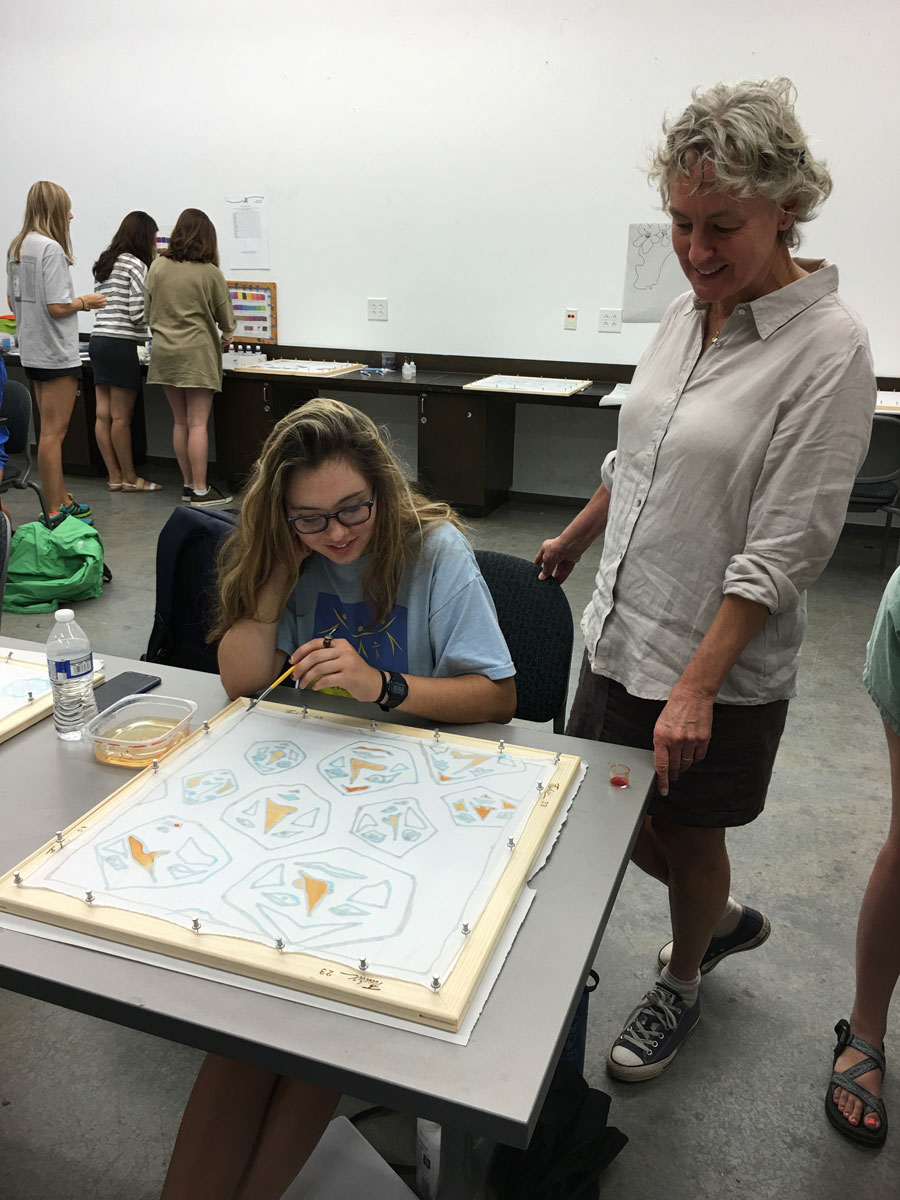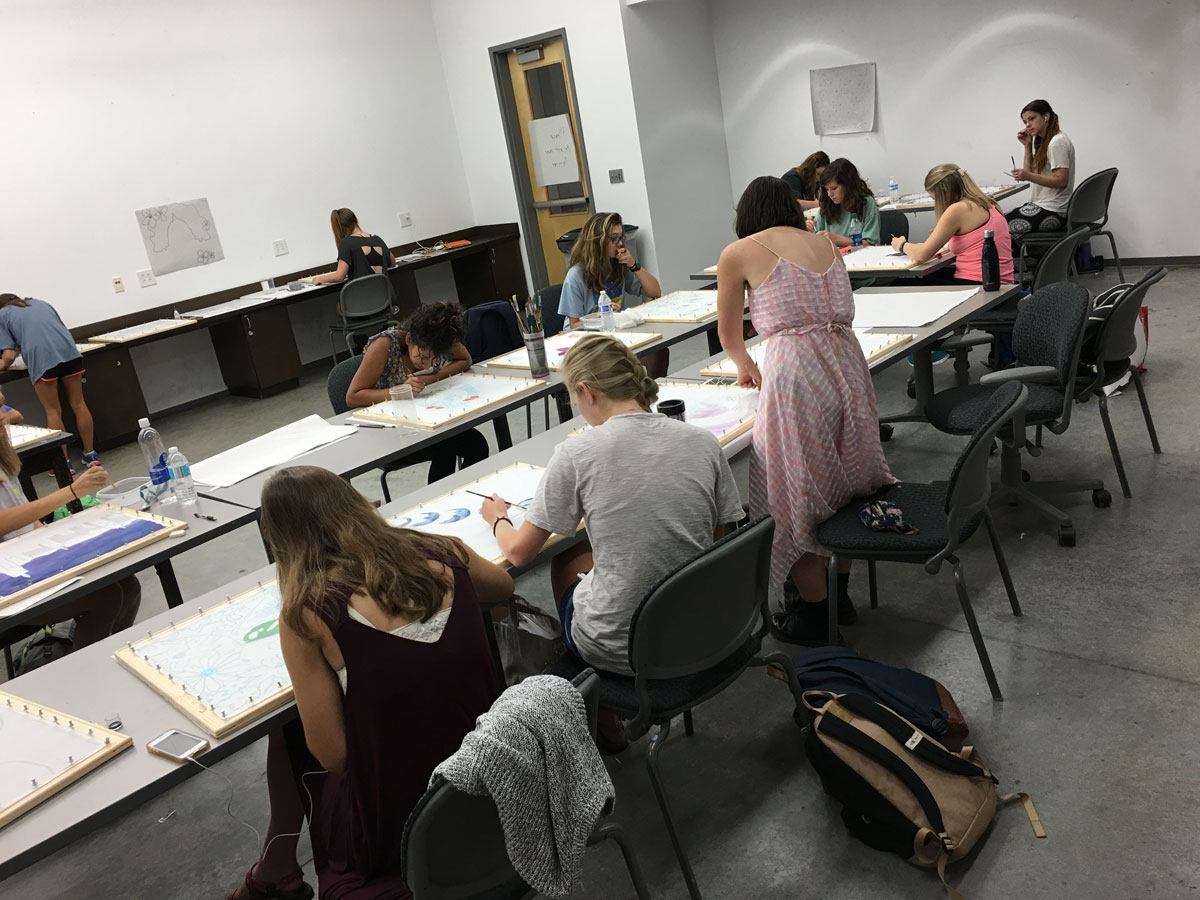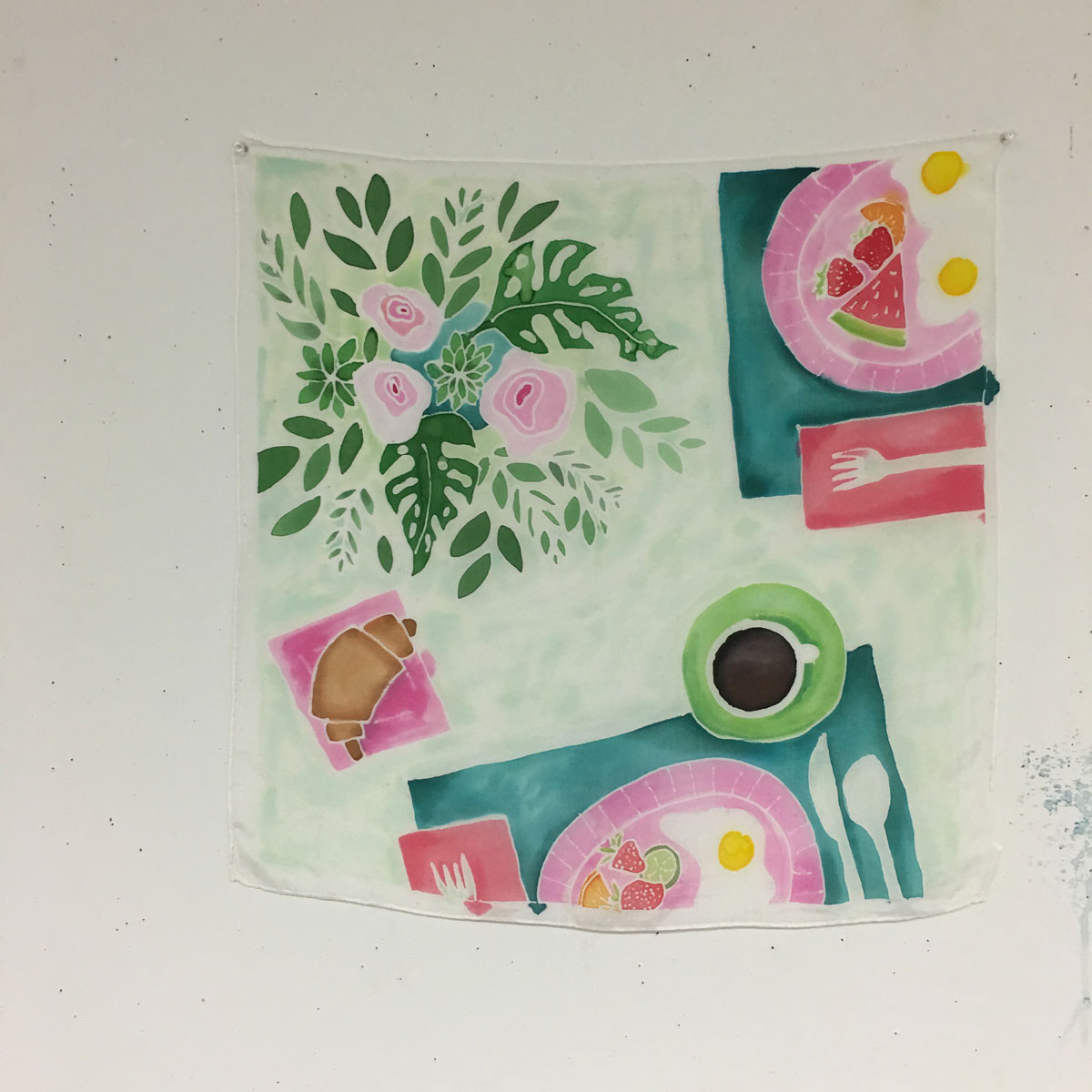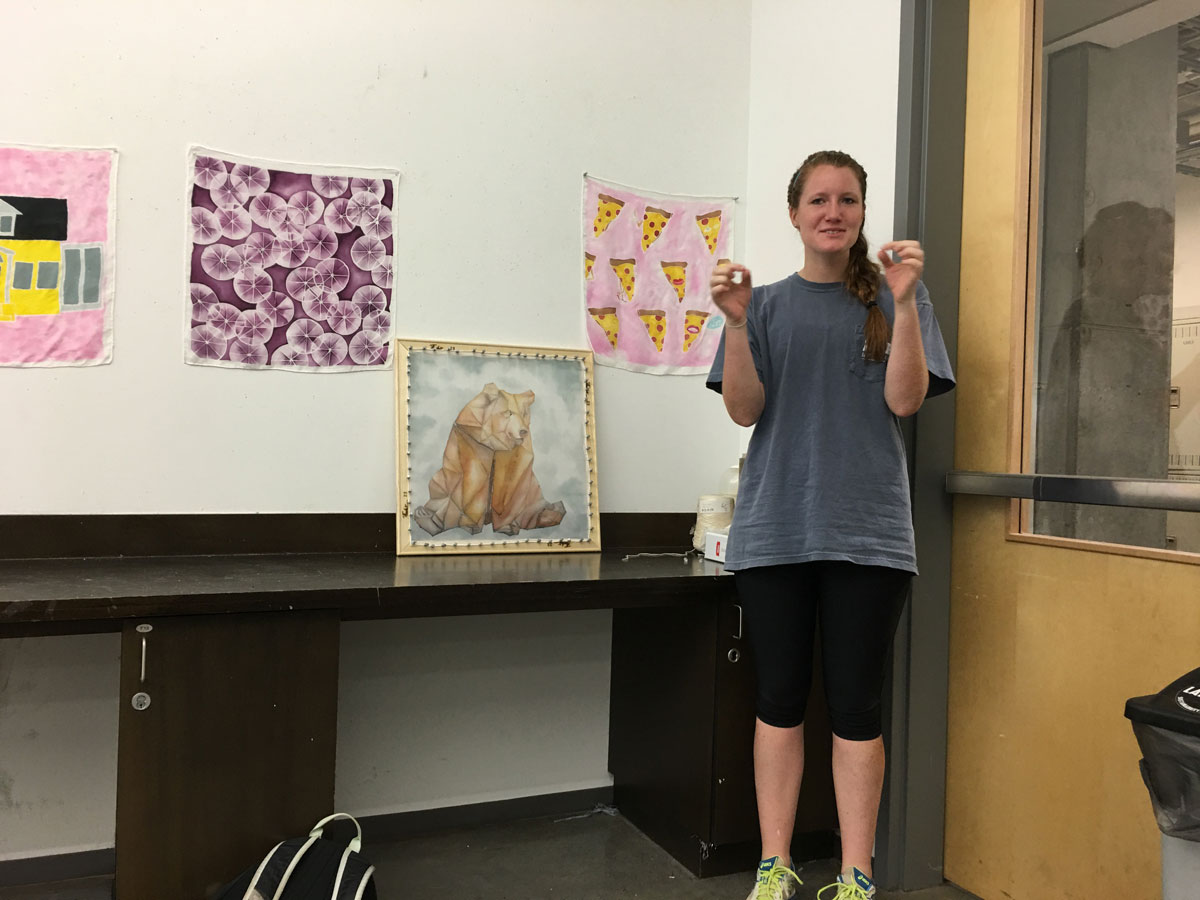My friend Jon has a habit of asking me thought-provoking questions about my art and the art-making process. As I answer Jon's questions, I thought it would be interesting to share my thoughts with you. His first question, “Line or color?” I took to mean, “Which is more important in your artwork, is it line or color?”
First I thought back to my influential artists, although I have to admit I don’t see that much original art these days (isn’t everyone hung up on Instagram?) and it’s been especially hard to see real art since we’ve all had to stay home for so long now. There really is no comparison between a computer screen vs. real-life art.
With regard to my art, which I can only share with you now via a computer (or worse yet, a phone screen), I want to share some ideas I reflect on during the act of creation.
Every step is a decision-making opportunity (or struggle, depending on the decision at hand).
When I make these decisions, I am guided by this principle:
My goal as an artist has always been to get an idea down with the fewest lines and colors as humanly possible.
Okay, not humanly possible, because if I got it down to THAT, it would be one line and one color. But I always ask myself, Would two lines and two colors suffice?
Two of the greats related to this, from my perspective, are Mark Rothko and Agnes Martin. Mark with color and Agnes with line. How I would love to sit down and have a conversation with these two!
Agnes Martin. Stone. 1964. MoMA http://www.moma.org
Mark Rothko. Untitled. 1954. artsy.net
I get very excited when I can synthesize things down to the fewest elements.
For example, the simplest silk “painting” I think I’ve ever created is “77 rue Alfred Assolant, Aubusson.”
René Shoemaker. 77 rue Alfred Assolant, Aubusson. $495.
In 2018 I was very excited to be making a body of work about my community of Aubusson in central France. I was using joyful bold colors and refining my drawings down to basic elements. In fact, quite a few paintings from that show became my “favorites.” But back to the rue Assolant painting, I made the bold statement of drawing on the silk the lines of my original drawing and then leaving the silk a pure white.
Seems simple, eh? In reality, it took a lot of contemplation, a lot of nerve, a lot of chutzpah to leave that silk white and call this a “painting.” But I must admit that I was very happy with the result, I was happy to watch others' reactions to it and I was even happier that I listened to my heart.
Next week I will share a few more paintings from that exhibit where I felt like I “got it.”
I look forward to sharing more examples of this process with you in the coming weeks. I also want to mention that over the next few months I will be working on a Horizon series, a distillation of painting on silk to one line and two colors. I’ve been wanting to work on this series for a number of years, but I wasn’t sure where it would go, creatively speaking, or where I could exhibit it.
Although this concept previously seemed too “simple,” I believe I am ready for the challenge! Now that simplicity excites me as I envision the Horizon series paintings of all sizes hanging in one gallery, creating an environment that will encircle the viewer in color and tranquility. I currently have a commitment to exhibit this work in France at the beginning of 2021, although I am no longer sure that will happen because of the virus’ impact on small businesses worldwide.
Now that I’ve shared my thoughts, tell me:
1. How do you feel about painting as a medium that can be expressed in many variations, and what types of paintings are your favorites?
2. How do you feel about being exposed to new artistic ideas via the Internet?
3. How do you feel about simplicity?
4. What is your definition of art?
Let me know! Better yet, share this post with friends and ask for their thoughts on these topics, and share those reflections with me. I will include your responses in my next newsletter.
Upcoming Events:
September 2020
Floral Heritage of Central America
La Caféothèque de Paris
Paris, France
October 2020
Silk Painting Workshop with René Shoemaker
K.A. Artist Shop
Athens, GA





